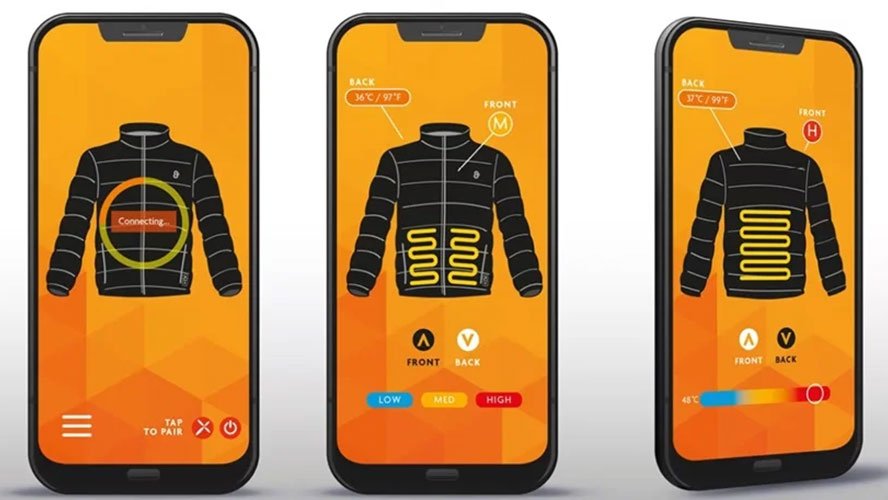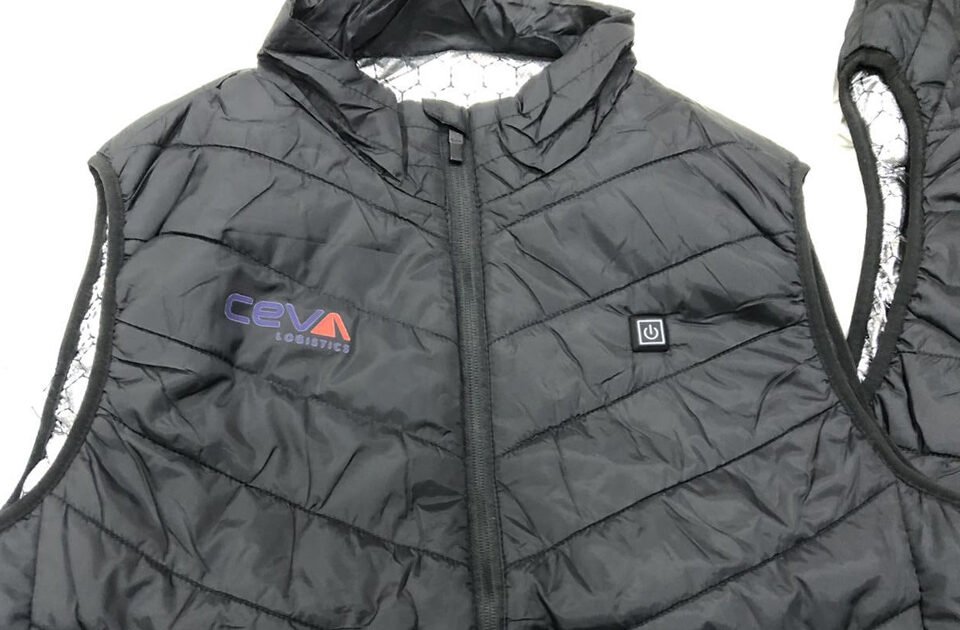The Application of Heated Clothing in Different Scenarios
Introduction
Heated clothing has revolutionized how we stay warm in various environments, combining comfort and technology to combat the cold. Its growing popularity and technological advancements have made heated clothing a staple for many. Understanding its application in different scenarios can help users maximize its benefits.
Heated Clothing in Outdoor Sports
Outdoor sports enthusiasts often face harsh weather conditions. Heated clothing provides essential warmth, improving performance and comfort. Popular items include heated jackets, gloves, and socks.
Case Study: Mountain Climbers and Heated Jackets

Mountain climbers frequently encounter freezing temperatures and strong winds. Heated jackets have become a game-changer, providing consistent warmth and allowing climbers to focus on their ascent. One climber noted, “My heated jacket kept me warm even at high altitudes, making the climb much more manageable.”
Heated Clothing in Workwear
For workers in cold environments, staying warm is crucial for safety and productivity. Heated workwear, such as vests, gloves, and insoles, helps maintain body temperature.
Case Study: Construction Workers Using Heated Jackets

Construction workers often work in open, cold areas where maintaining warmth is a challenge. Heated vests have proven to be highly effective. A construction worker shared, “The heated vest keeps me warm during long hours outside, which has significantly improved my work efficiency.”
Heated Clothing for Everyday Warmth
Heated clothing is not just for extreme conditions; it’s also perfect for daily use, providing comfort and convenience. Items like heated scarves, blankets, and slippers are popular.
Case Study: Commuters Using Heated Scarves in Winter

Winter commuting can be quite uncomfortable. Heated scarves have provided a cozy solution for many commuters. One user mentioned, “Wearing a heated scarf during my morning commute has made a huge difference in my comfort level. It’s like having a personal heater around my neck.”
Heated Clothing for Medical and Therapeutic Use
Heated clothing can also serve therapeutic purposes, helping individuals with medical conditions such as arthritis or poor circulation.
Case Study: Arthritis Patients Using Heated Wraps

For arthritis patients, heated wraps provide relief from joint pain and stiffness. One patient reported, “The heated wrap has been a lifesaver for my arthritis pain. It provides soothing warmth and helps me manage my symptoms better.”
Heated Clothing for Extreme Conditions
In extremely cold climates, heated clothing is essential. Specialized heated clothing, such as parkas, boots, and balaclavas, ensures survival in these harsh environments.
Case Study: Researchers in Antarctica Using Heated Gear

Researchers in Antarctica face some of the harshest weather conditions on the planet. Heated gear is indispensable for them. A researcher noted, “Without our heated gear, it would be impossible to conduct our research in such extreme cold. It keeps us warm and allows us to work efficiently.”
Technological Innovations in Heated Clothing
Advances in heating technology, such as graphene and carbon fiber, have significantly improved heated clothing. Smart heated clothing with temperature control apps adds to user convenience.
Case Study: Innovations in EJOY’s Product Line

EJOY has incorporated cutting-edge technologies into their heated clothing, offering products with enhanced performance and smart features. One user remarked, “EJOY’s heated jacket with temperature control via smartphone app is incredibly convenient. I can adjust the heat settings without removing layers.”
Environmental Considerations
Environmental sustainability is increasingly important. EJOY is leading the way by introducing eco-friendly, biodegradable materials into their products and adopting sustainable practices.
Case Study: EJOY’s Commitment to Environmental Sustainability
EJOY’s efforts in sustainability have resonated well with customers. One customer said, “Knowing that my heated clothing is made from eco-friendly materials makes me feel good about my purchase. It’s great to see a company committed to the environment.”
Choosing the Right Heated Clothing for Different Scenarios
Selecting the right heated clothing involves considering factors such as material, battery life, and heating zones. Understanding specific needs helps in making an informed choice.
Comparing different heated clothing options helps users find the best fit for their needs. For instance, a skier might prefer a heated jacket with multiple heating zones and long battery life, while an office worker might choose a simpler heated vest for occasional use.
Conclusion
Heated clothing’s diverse applications make it a valuable addition to various aspects of life, from outdoor sports to daily comfort and medical use. Exploring the options and choosing the right products based on individual needs can significantly enhance the quality of life and performance in cold environments.
Frequently Asked Questions (FAQs)
- How long does the battery last in heated clothing?
- Battery life varies depending on the heat setting and usage but generally ranges from 4 to 10 hours.
- Are heated clothing items safe to use in wet conditions?
- Many heated clothing items are designed to be water-resistant, but it’s important to check the manufacturer’s guidelines.
- Can heated clothing be machine-washed?
- Most heated clothing can be machine-washed after removing the battery, but always follow the care instructions provided by the manufacturer.
- What are the best materials for heated clothing?
- Common materials include polyester, nylon, and various blends designed for insulation and durability.




